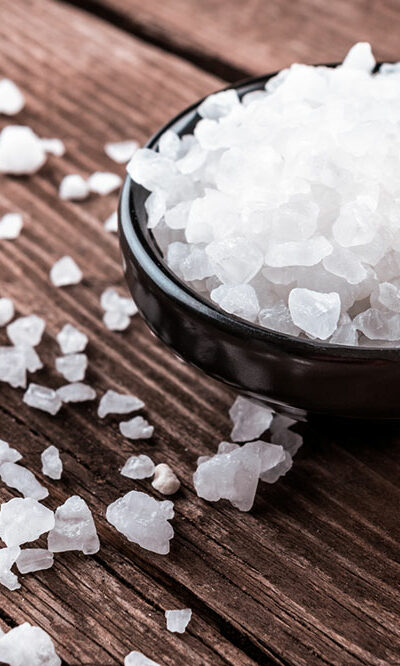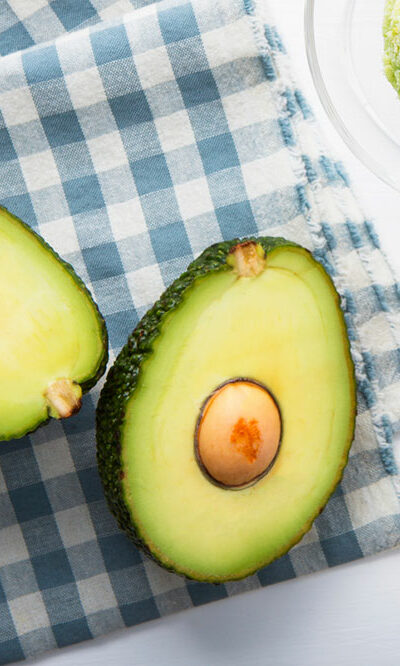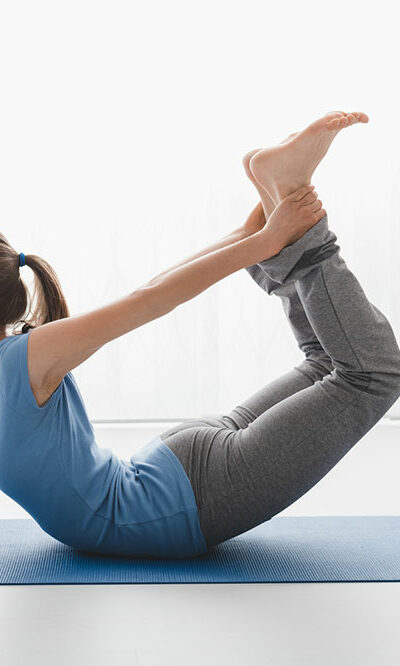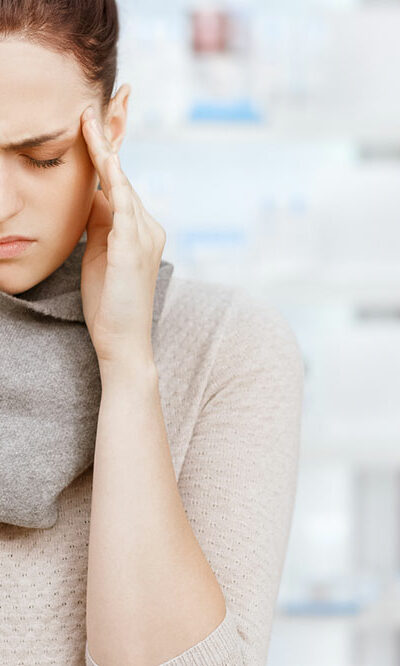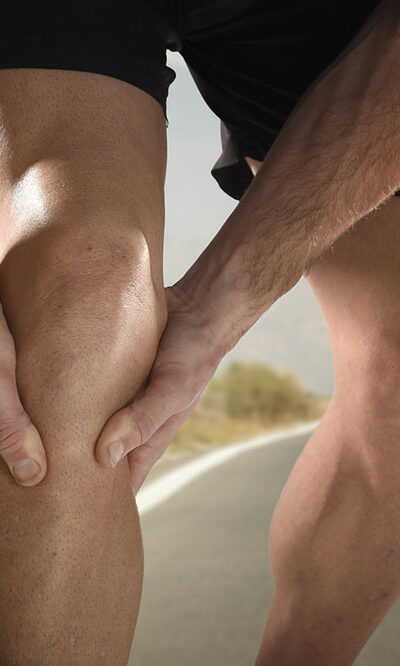10 basic dos and don’ts for laundry day
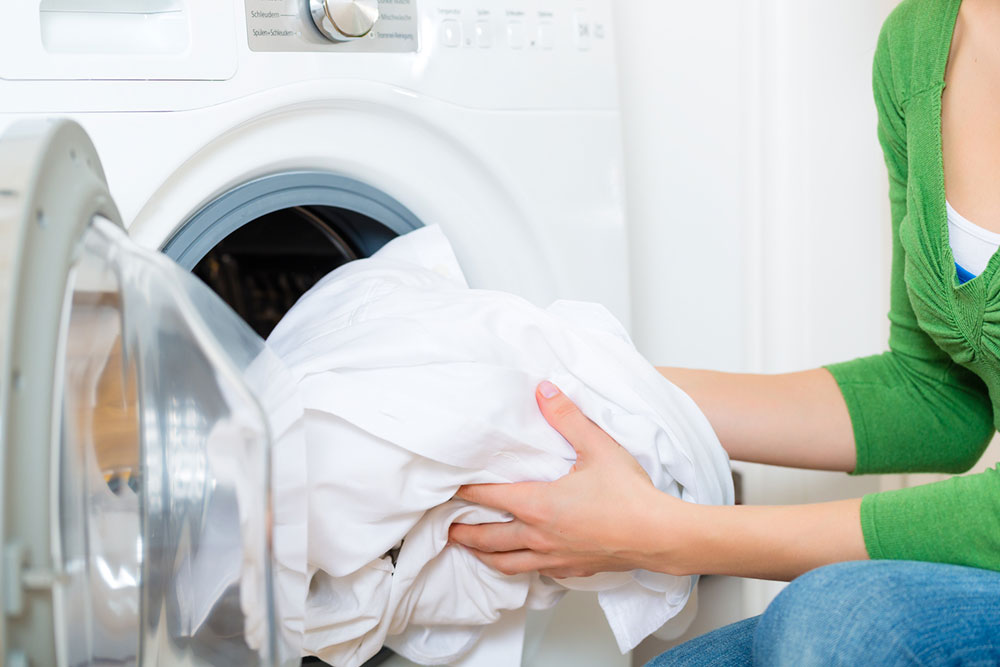
Laundry is a regular chore that can significantly impact the lifespan and appearance of one’s clothing. Whether one is a laundry enthusiast or someone who dreads the task, it’s essential to know the basic rules of laundry in the pre-washing, washing, and drying stages. By incorporating these do’s and avoiding the don’ts, one will not only simplify the laundry routine but also extend the life and maintain the quality of one’s clothing and washing machine.
Laundry Dos
Sort by Color and Fabric
Sorting one’s laundry ensures that one does not mix colors that might bleed onto lighter garments. The best way to do this is to separate clothes into whites, lights, darks, and delicates. Delicates and heavy fabrics should also be separated to prevent damage.
Pre-Treat Stains
Promptly treating stains increases the chances of successful removal, preventing them from settling into the fibers of clothes. One can use stain removers, gentle rubbing, or DIY solutions like vinegar or baking soda to tackle stains before washing.
Empty Pockets
Checking and emptying pockets prevents damage to clothes and one’s washing machine. Before washing, inspect pockets for items like keys, pens, or tissues to avoid mishaps.
Use the Right Amount of Detergent
Too much detergent can lead to buildup of residue and is wasteful, while too little may result in inadequate cleaning. So it is advisable to follow the detergent manufacturer’s guidelines and use the recommended amount for the load size.
Read Care Labels
Care labels provide crucial information on water temperature, washing methods recommended for different types of clothes, ironing, and even drying instructions. For example, water temperature recommendations help prevent fabric damage and color fading. Specific washing methods, such as gentle cycles for delicates or hand washing, maintain the integrity of one’s clothing.
Laundry Don’ts
Overload the Washing Machine
Cramming too many clothes into a single load may lead to insufficient cleaning and excessive wear and tear on the fabrics. The clothes may come out wrinkled, and one’s washing machine may struggle, potentially causing damage over time. To ensure thorough cleaning and preserve clothes and the appliance, one should stick to recommended load sizes.
Use Bleach Excessively
While bleach can be a powerful stain remover and disinfectant, using it excessively can weaken fabrics and cause them to deteriorate prematurely. Overusing bleach can also lead to color fading and weaken the structure of one’s clothing.
Use Hot Water Unnecessarily
Using hot water when warm or cold water will suffice is a common laundry mistake that can have adverse effects. Hot water can shrink, fade, or damage certain fabrics. One should follow care label recommendations for water temperature to avoid unnecessary heat exposure.
Forget to Empty the Washer Promptly
Leaving wet clothes in the washer can lead to mildew growth and unpleasant odors. So, one should remove clothes from the washer as soon as the cycle finishes to ensure they stay fresh and wrinkle-free.
Pour Detergent on Clothes Directly
Pouring detergent directly onto one’s clothes might seem like a shortcut, but it can cause irreversible damage. Undiluted detergent can create concentrated spots on the fabric, which may result in poor rinsing and detergent residue buildup. This residue not only affects the appearance of one’s clothes but can also irritate the skin. Instead, one should always add detergent to the detergent dispenser or the designated compartment in one’s washing machine to ensure proper distribution and optimal cleaning.


